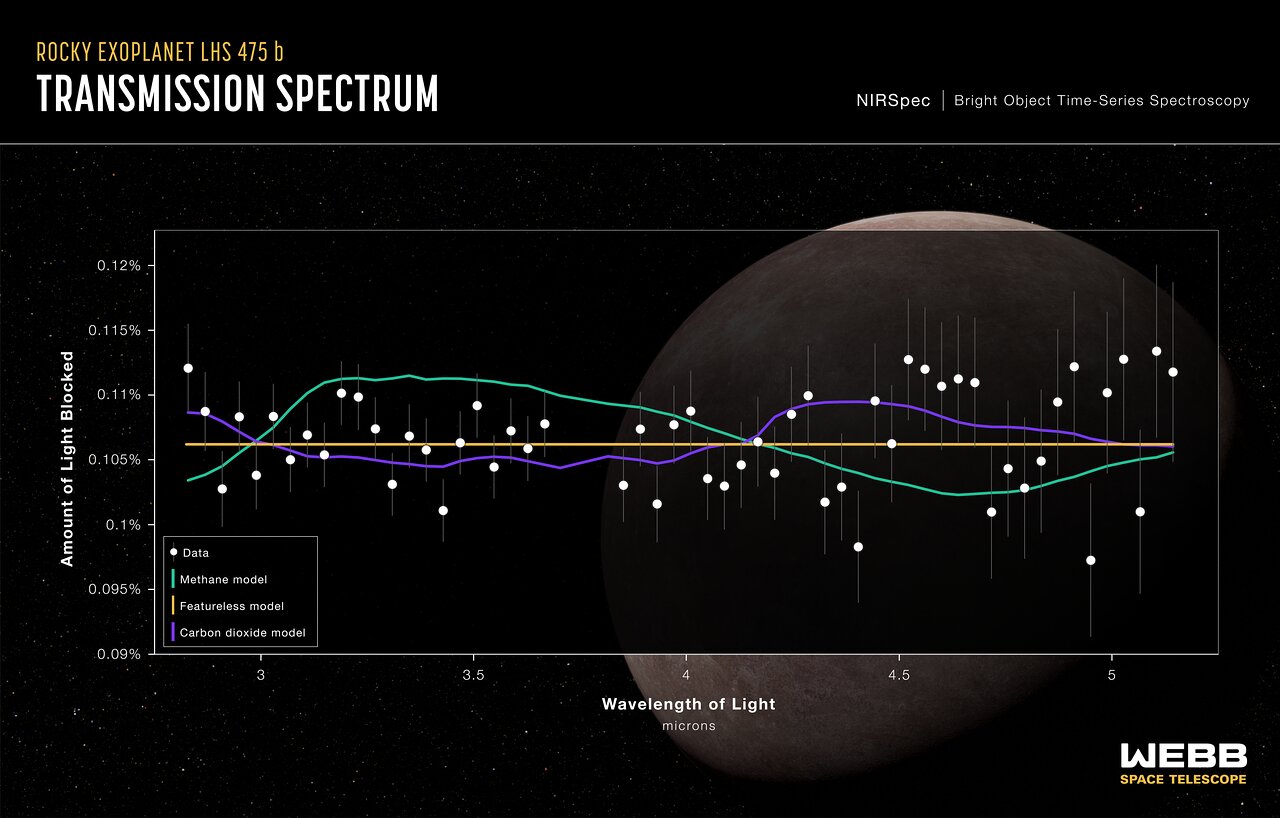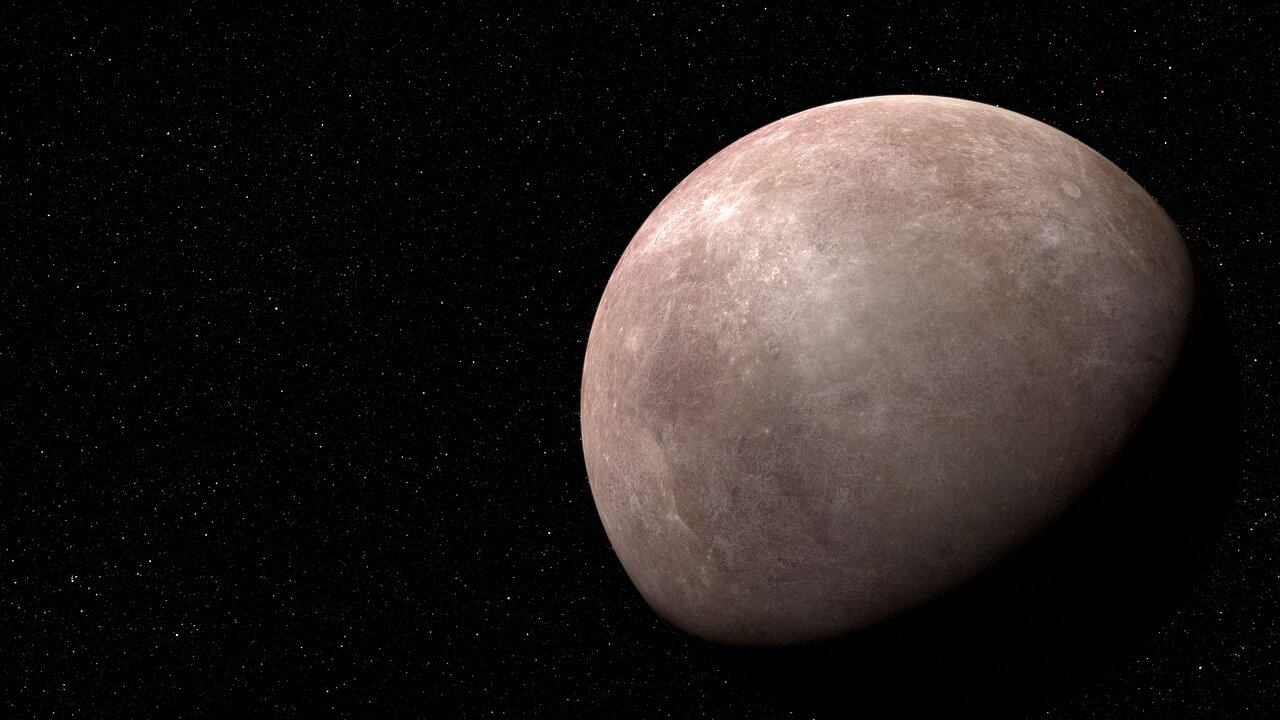James Webb Space Telescope Discovery
Clicking on each image will open the full resolution one. Try it!Clicking on "Raw images" image will yield all the relevant raw images.
Exoplanet LHS 475 b
How do researchers spot a distant planet? By observing the changes in light as it orbits its star. A light curve from the NASA/ESA/CSA James Webb Space Telescope’s Near-Infrared Spectrograph (NIRSpec) shows the change in brightness from the LHS 475 star system over time as the planet transited the star on 31 August 2022. LHS 475 b is a rocky, Earth-sized exoplanet that orbits a red dwarf star roughly 41 light-years away, in the constellation Octans. The planet is extremely close to its star, completing one orbit in two Earth-days. Confirmation of the presence of the planet was made possible by Webb’s data.
Image Description: The graphic shows the change in relative brightness of the star-planet system spanning three hours. The spectrum shows that the brightness of the system remains steady until the planet begins to transit the star. It then decreases, representing when the planet is directly in front of the star. The brightness increases again when the planet is no longer blocking the star, at which point it levels out.
Credit: NASA, ESA, CSA, L. Hustak (STScI), K. Stevenson, J. Lustig-Yaeger, E. May (Johns Hopkins University Applied Physics Laboratory), G. Fu (Johns Hopkins University), and S. Moran (University of Arizona)
 Exoplanet LHS 475 b (NIRSpec Transit Light Curve)
Exoplanet LHS 475 b (NIRSpec Transit Light Curve)
 Exoplanet LHS 475 b (NIRSpec Transmission Spectrum)
Exoplanet LHS 475 b (NIRSpec Transmission Spectrum)
 Exoplanet LHS 475 b and Its Star (Illustration)
Exoplanet LHS 475 b and Its Star (Illustration)
 Exoplanet LHS 475 b (Illustration)
Exoplanet LHS 475 b (Illustration)